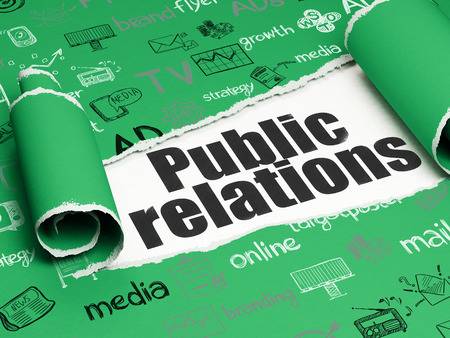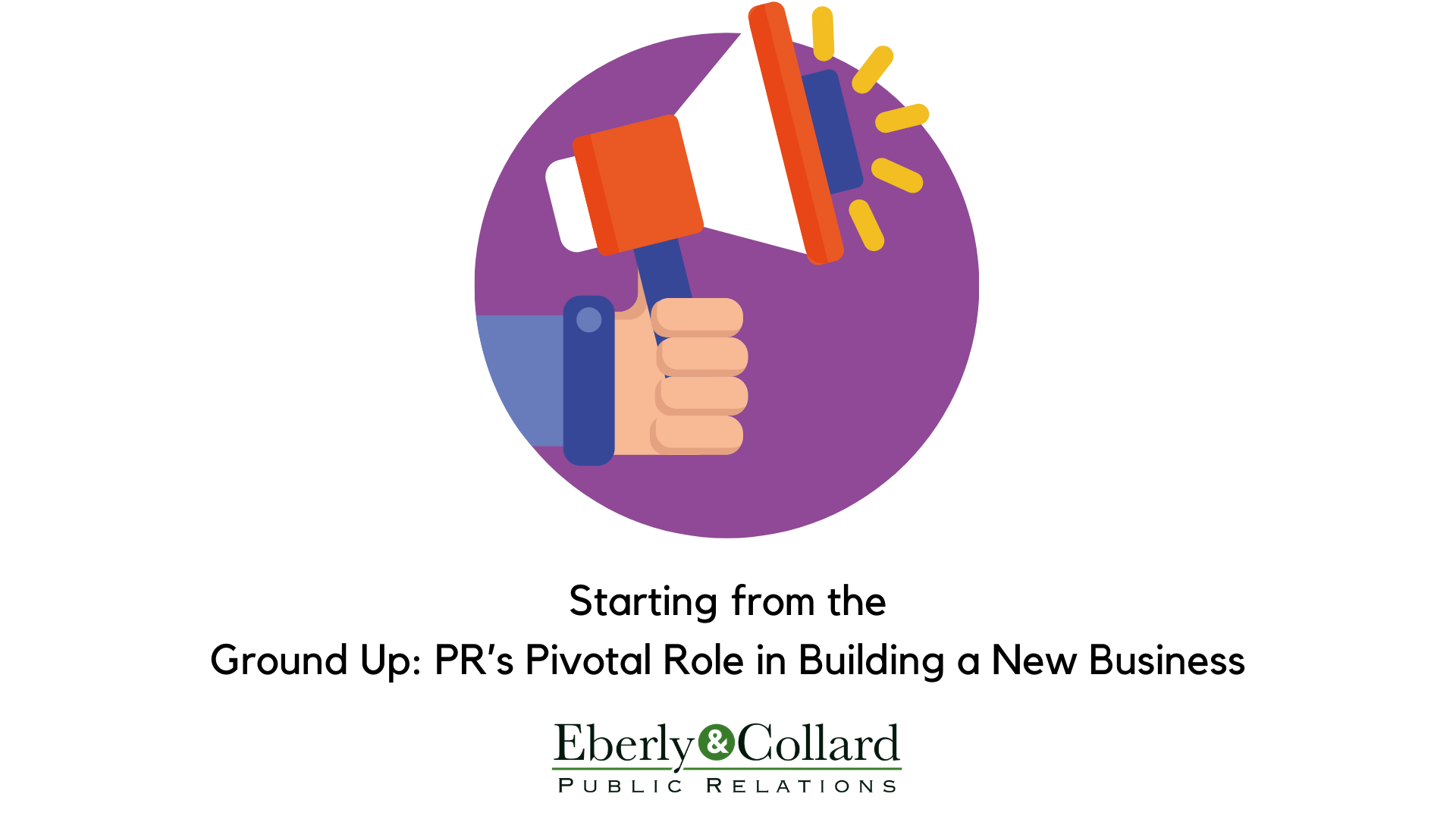
So, you launched a new company. Now what? The obvious answer to this question is “sign a client,” or, “build a strong customer base.” But, getting to that point involves a framework of smart choices made within budget. And, if you ask us, one of the smartest and most cost-efficient decisions a start-up can make is adopting a public relations (PR) strategy at the onset of the company’s conception.
To clarify, we are not recommending a fully-integrated, multi-level marketing plan for a start-up or newly launched company as the very first step. Though we’ve been outspoken on the fruitful benefits a fully-integrated marketing plan offers, we understand there is a time and place for everything. And, right now, you are simply trying to launch a company without exhausting your existing, and sometimes limited, resources.
When pathways to funds are narrow, every dollar dedicated to marketing is precious and must be part of an overall plan to achieve brand awareness. Starting with a strong PR plan can be immensely valuable when limited budget is available, but it is important to note that the time to dedicate a budget towards PR for a new company is at the onset. Once a budget is determined, the steps taken to strategically position your new company using PR can be relatively simple. As you kick-off your PR strategy and baseline budget, part of your future roadmap should be preplanning to supplement campaigns and equipping your branding with an enduring budget, both of which can keep your PR efforts on track after you lay the groundwork.
What is public relations, and what makes it so valuable?
Public relations is a strategic communication process that builds mutually beneficial relationships between organizations and their publics. For businesses with strategic and well-managed PR plans, ROI includes developing reliable trust and authentic engagement with customers, clients, sales leads, buyers, decision-makers, industry leaders, influencers, the media, and other integral contacts, connections and constituencies.
One of the most rewarding and value-driven benefits a new company can achieve from PR is the early development of trust amongst its target audiences. Earned, unpaid publicity as a result of sound PR activations, such as influencer marketing, thought-leadership events, customer and client retention programs, and more, can act as a conduit of trust in a respective industry. All of this typically more cost-effective than other methods of marketing, such as advertising.
When put head-to head with other marketing options, and judged strictly on their individual merits from the perspective of a start-up looking for the value proposition in marketing, PR emerges as the smart and strategic choice.
According to Nielsen, a global marketing research firm, PR is nearly 90% more effective than advertising. It was found that expert content marketing, which is earned, unpaid publicity achieved through PR, lifted familiarity 88 percent more than branded content, such as traditional advertisements or advertorials.
This data may have one asking why PR yields higher trust and more credibility than paid media. When publicity is secured with a print or online news source as a result of PR, it means an independent party has vetted and verified the information they have received through your PR efforts about your company. It also signifies that they have deemed it valuable information for their readers. With advertising alone, a company’s message is not necessarily vetted or verified through sometimes stringent editorial standards, but rather purchased.
That said, we are not against paid media by any stretch of the imagination. As a matter of fact, uniting traditional PR with advertising can be incredibly valuable. However, in order for advertising to work, there must be an engaging, memorable and repetitious strategy in place. Combining advertising with other marketing components, such as PR, can help when building brand equity; this is because implementing unified marketing disciplines has a record of producing growth and value for companies.
If a start-up company has the available budget at the onset to fund an integrated marketing plan that encapsulates both PR and advertising, we would say such a strategy is more than advisable. But, if a company finds itself with a tighter, more restrictive marketing budget and has to pick between PR and advertising based on ROI alone, we recommend the former.

In practice, how will PR help build brand awareness and establish my company’s identity in its respective industry?
PR allows a company to communicate with its desired audiences in a way that creates value and triggers engagement. If done successfully, PR can help create buzz about your company, which will, in turn, translate to new customers and clients, and build fresh relationships in a respective industry. PR can also help bring in liquidity from new investors and create interest from prospective employees.
A start-up’s first goal should be introducing its product or service to the marketplace. When using traditional methods of PR, one of the most reliable platforms to make this introduction to target audiences is earned media.
When using PR strategy to produce unpaid, earned media, a start-up needs to look inward and answer a key question: What is your company doing better or differently than your competitors that uniquely positions itself in the eyes of potential clients or customers? Once this is determined, companies can leverage this information using a consistent PR program.
If you are a business-to-consumer (B2C) or direct-to-consumer (D2C) start-up, it might be wise to consider launching influencer marketing programs, in which influencers are given complimentary product in exchange for the potential of publicity of your company. In this unpaid influencer agreement, your company could send an influencer the traditional “PR Pack,” which is essentially a sampling of your own product, in addition to some marketing materials explaining who your company is, and what it is you do.
If strategized correctly, the influencer would then post about your product or service on their social media channels; blog about your company; name-drop your product, service or company in a podcast; or simply mention your product or service to another tastemaker in your respective industry. Though the latter is more difficult to track, and you may not see the benefits of such an interaction right away, this word of mouth marketing can be highly beneficial for your start-up in the long term.
The value of reaching your publics through their preferred influencers cannot be stressed enough. Your start-up and brand is completely new to your desired target audiences; it is not uncommon for someone to react with initial skepticism when they are introduced to a brand-new product or service about which they have never heard.
Leveraging the voice of influencers not only puts your new product or service in front of your target audiences, but it allows said audiences to trust that it has been vetted by the influencer. In this scenario, PR can also be aligned with media relations, should any news source pick up a story about an influencer posting, writing or speaking about your product, service or company. These two elements (public relations and media relations) in tandem with each other can be extremely valuable for your start-up, given the double-layer of trust through earned media and influencer relations.
Like any facet of marketing, with PR, it is important to create long-term strategies. Make sure to facilitate dialogues and relationships with various influencers within your industry on more than one occasion, and throughout the duration of a year. This will build lasting trust and consistency with influencers and in turn, your target audiences.
Implementing a strong PR strategy can propel the standing of your start-up in more ways than one; positioning your company in the right place and time through PR can attract investors and talented employees.
Through consistent publicity secured through PR, potential investors can vet the viability of your company. Perhaps one of the most advantageous effects PR has on a new company is making it seem even more established in a given industry. It also enhances its trajectory in becoming a “staple” brand. After all, most investors do not like taking risks with new companies that appear volatile or ones they have never heard of. On the investment front, a solid PR game plan can potentially make a company that has existed only for a few months seem as if they have existed for a few years.
PR is also a great way to attract talent and grow a start-up’s team. Positive publicity as a result of PR strategy can be a huge boost for hiring and getting the right people to seek employment with your company. Similar to investors, the majority of prime job candidates stray away from companies that appear unestablished or are unheard of.

Getting started: Implementing public relations strategy as a new company.
It is no secret that starting up a new business venture is tough, and only the top five percent of all new companies last more than 12 months. However, start-ups with PR programs at the onset have a creative and strategic advantage to companies without the strategy and service support from PR agencies to improve their odds.
As is mentioned in places throughout this blog, we would also find it a wise decision to consider implementing a PR program aligned with other facets of marketing, such as media relations, social media or advertising, that comprise a robust strategy and that is vigorously executed through outreach, campaigns and more. But, of course, this is dictated by the budget allocated towards marketing.
The importance of beginning with a PR agency that offers Strength, Weakness, Opportunity, Threat (SWOT) Analysis and strategic planning cannot be understated. These processes help clearly define goals and evaluate opportunities for success within given market(s). Learn more about our public relations services here, and contact us to get started on your plan today.
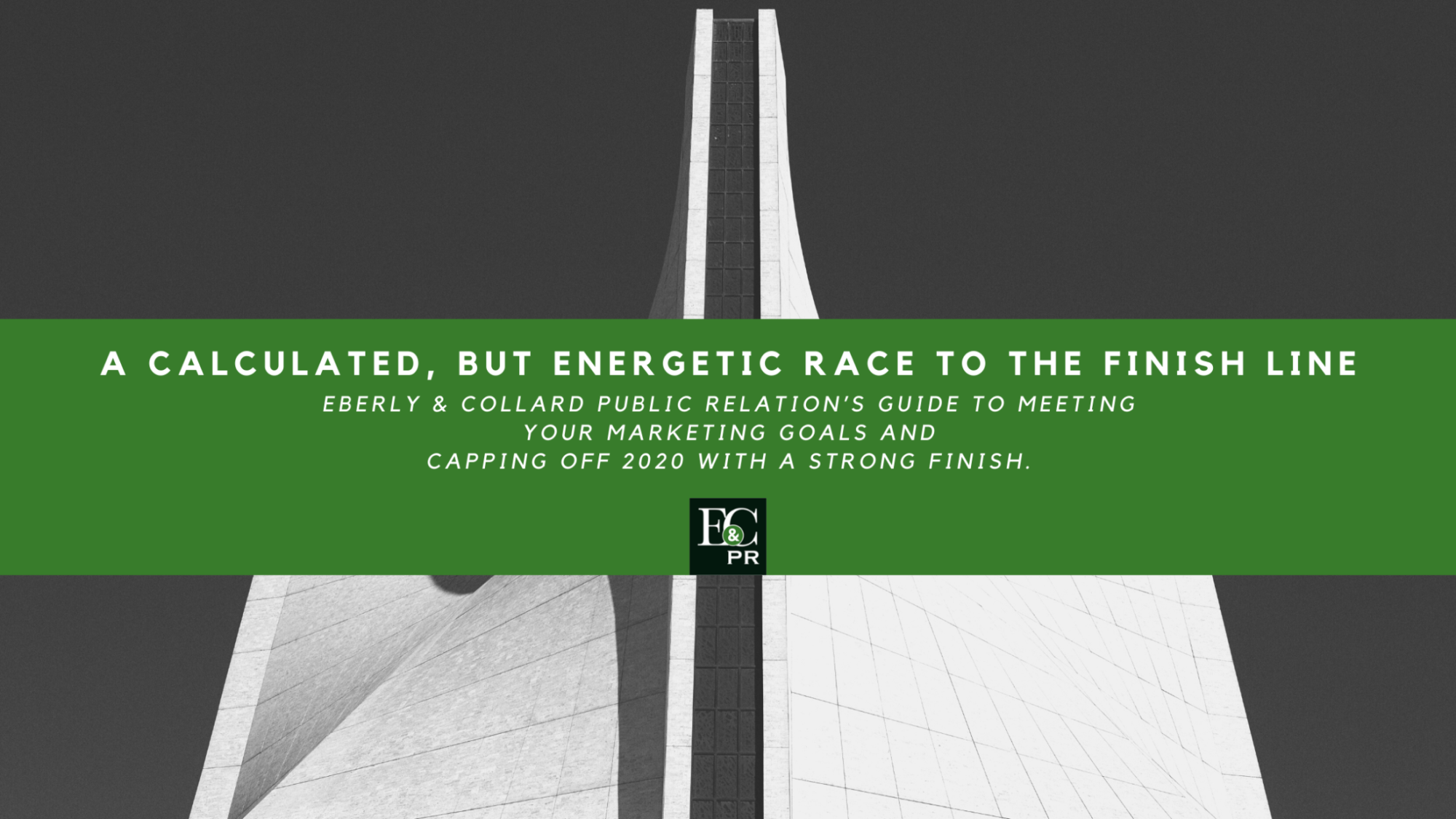






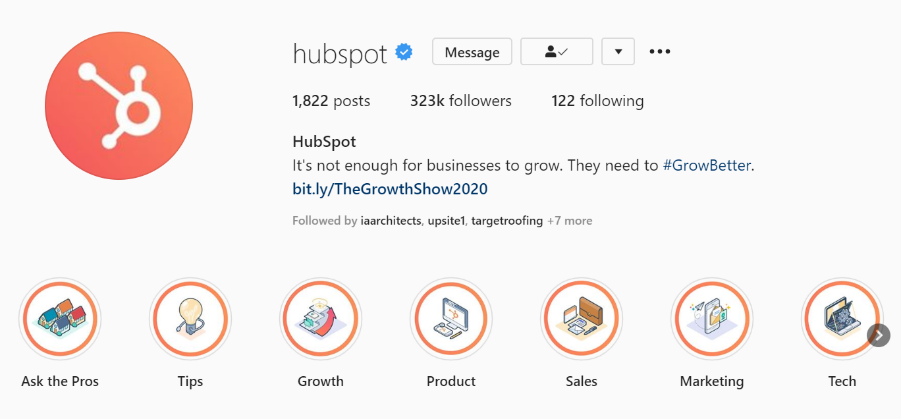 In addition to HubSpot’s strategic use of Instagram Highlights and Stories, their organic (i.e. unpaid) posts are also a great case study in how B2B businesses can utilize unpaid social media via Instagram. Throughout their feed, HubSpot creates helpful, creative and encouraging content that does not sell their software, but
In addition to HubSpot’s strategic use of Instagram Highlights and Stories, their organic (i.e. unpaid) posts are also a great case study in how B2B businesses can utilize unpaid social media via Instagram. Throughout their feed, HubSpot creates helpful, creative and encouraging content that does not sell their software, but 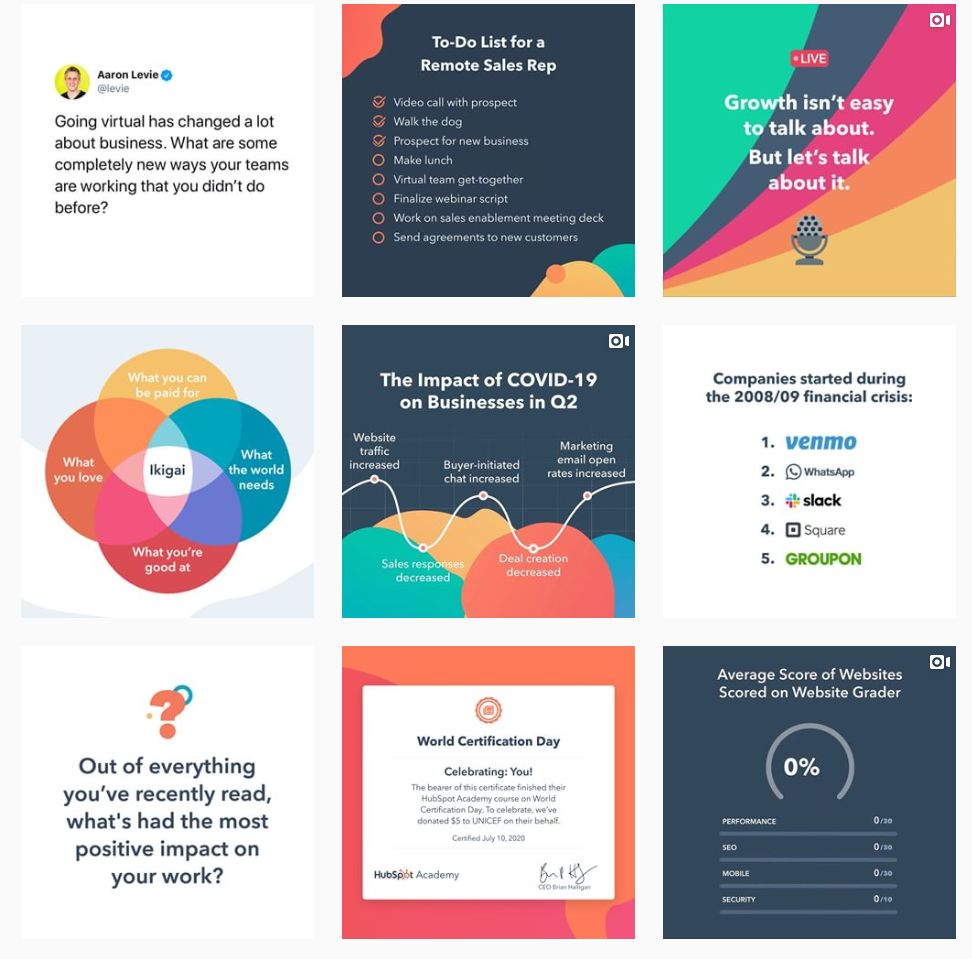
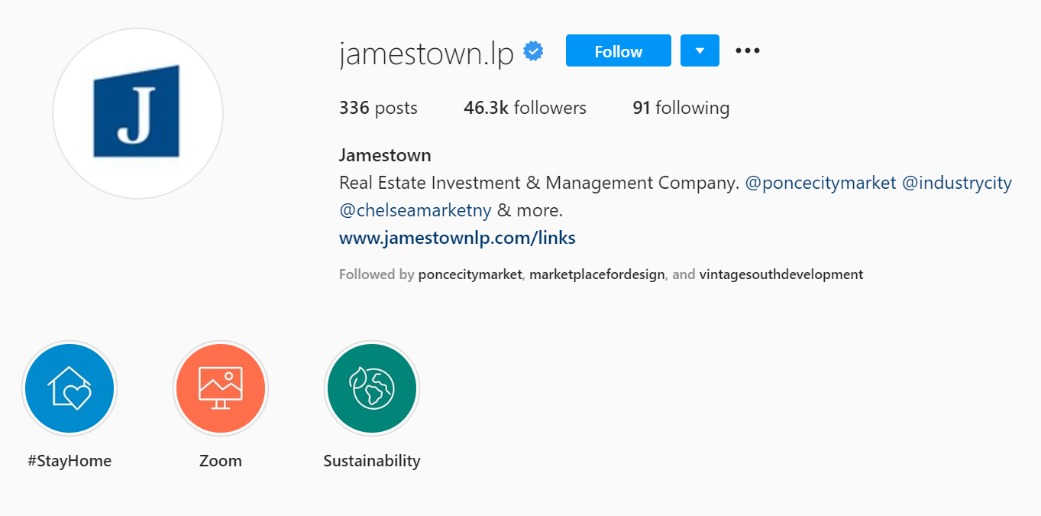 Jamestown’s Instagram also tells a story of how a B2B business that exclusively sells an in-person experience is operating in the middle of a pandemic, when it is recommended people spend their time away from other people in enclosed spaces.
Jamestown’s Instagram also tells a story of how a B2B business that exclusively sells an in-person experience is operating in the middle of a pandemic, when it is recommended people spend their time away from other people in enclosed spaces. After a quick scroll, you can easily find that Jamestown is profiling all the wonderful work their tenants are doing – don’t you want to be a part of this culture of innovation by becoming a Jamestown tenant? This is the question Jamestown is hoping you are asking yourself.
After a quick scroll, you can easily find that Jamestown is profiling all the wonderful work their tenants are doing – don’t you want to be a part of this culture of innovation by becoming a Jamestown tenant? This is the question Jamestown is hoping you are asking yourself.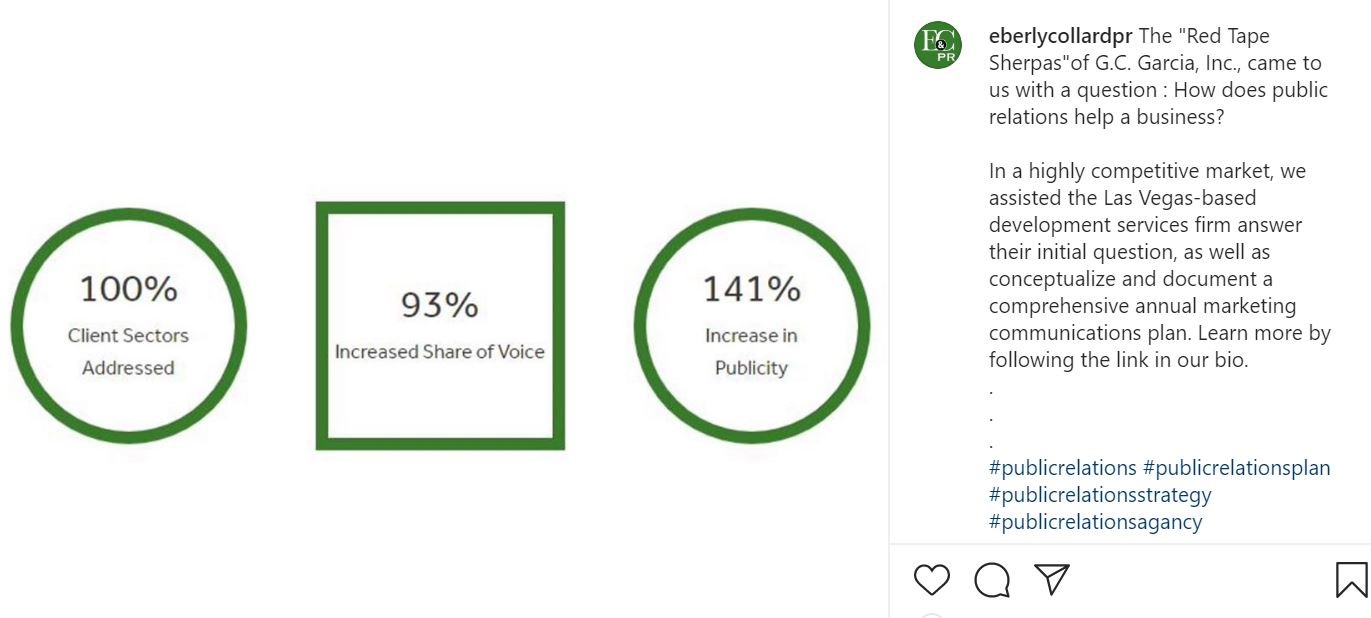 Though these case studies are many times viewed by users organically entering our website, whether through google or another search engine, Instagram allows us another channel to deliver this information to potential clients. And, since these case studies are often lengthy, Instagram gives us a platform to creatively package and deliver them to our followers in a way that is not inconvenient for them to view and is rewarding in some way.
Though these case studies are many times viewed by users organically entering our website, whether through google or another search engine, Instagram allows us another channel to deliver this information to potential clients. And, since these case studies are often lengthy, Instagram gives us a platform to creatively package and deliver them to our followers in a way that is not inconvenient for them to view and is rewarding in some way.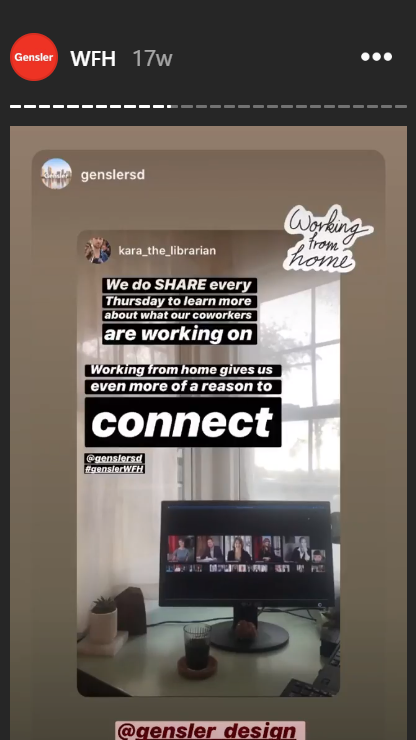 How could you apply something like this to your own business? Show your clients and customers it has been business as usual by encouraging employees to take pictures of their at-home workspace, tagging your company’s handle and then adding their WFH experiences to your company’s Instagram story.
How could you apply something like this to your own business? Show your clients and customers it has been business as usual by encouraging employees to take pictures of their at-home workspace, tagging your company’s handle and then adding their WFH experiences to your company’s Instagram story.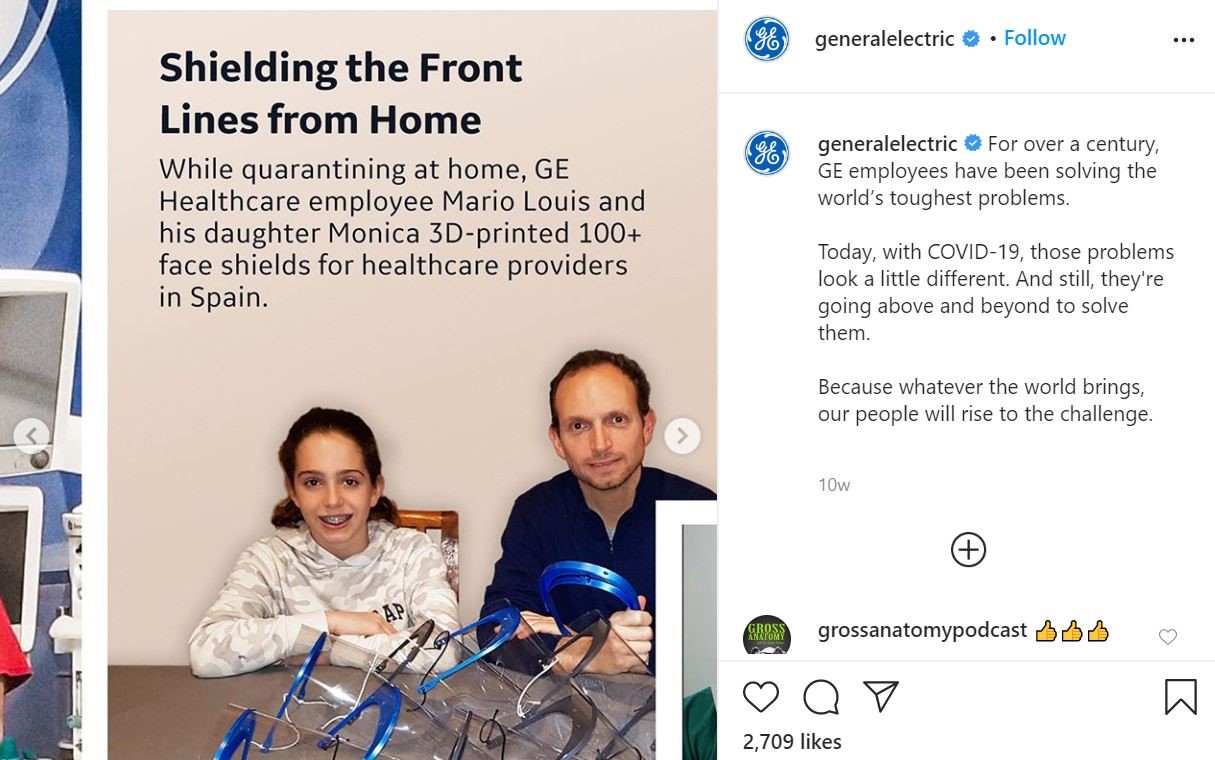 Unpaid Instagram for B2B companies can be a gamechanger in the cost-efficient economy we are currently working in right now. This organic content, which can be created in-house or by a fully integrated marketing agency, is a relatively low-risk, low-cost way to attract new business, and retain current business.
Unpaid Instagram for B2B companies can be a gamechanger in the cost-efficient economy we are currently working in right now. This organic content, which can be created in-house or by a fully integrated marketing agency, is a relatively low-risk, low-cost way to attract new business, and retain current business.